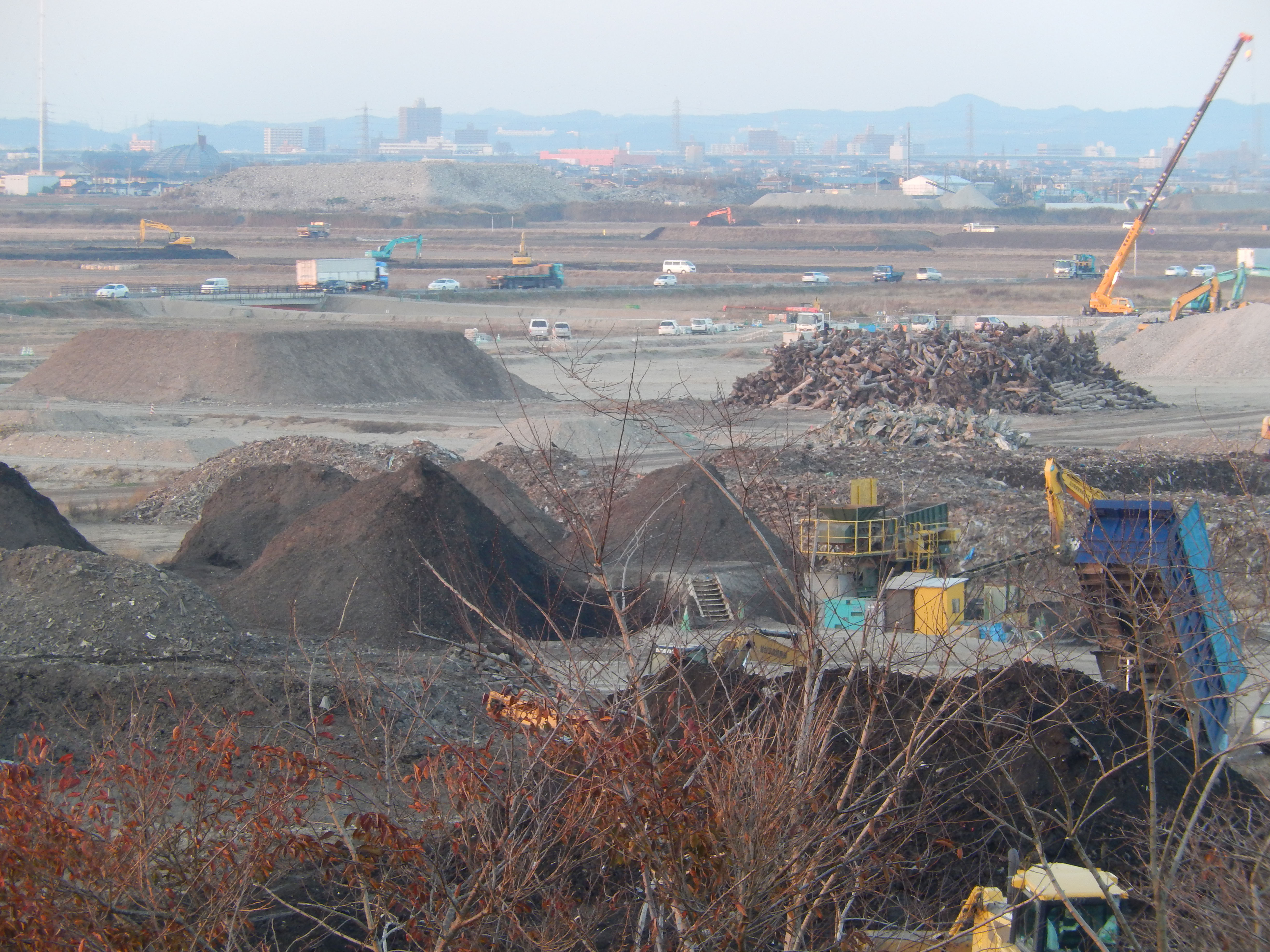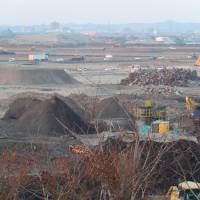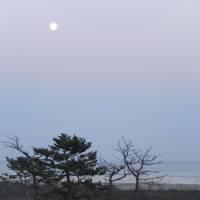Sendai is lovely at this time of year, its tree-lined streets alight with autumn colors.
I'm here for the 1st Asia Parks Congress (APC), and it is equally heartening and ironic to be among dedicated conservationists. They have come to talk about nature conservation in a region where, in a wall of water, nature swept away myriad ecosystems on March 11, 2011.
As it turns out, the juxtaposition is intentional. A key pillar of the conference is learning that terrestrial and marine ecosystems can help mitigate natural disasters.
As stated in the new Asia Protected Areas Charter, or Sendai Charter, "Robust systems of protected areas can help increase safety for people and communities, and help reduce damage to property and infrastructure."
On my second day, while touring the coast with delegates, I meet Bui Thi Thu Hien, a coastal and marine specialist from Hanoi. When I ask her what I should learn from Sendai, she doesn't hesitate.
"Nature's resilience is key," she tells me.
On the tour we see ecosystems rapidly reestablishing in the tsunami-affected areas, but we also see the government's conflicting approaches to recovery and reconstruction.
This first APC (Nov. 13-17) was organized by Japan's Ministry of Environment and the International Union for the Conservation of Nature, and attracted over 800 participants from 40 nations and regions. IUCN is a global environmental organization with a membership of more than 1,000 NGOs and governments.
Discussions at the congress covered diverse topics, from preparing for natural disasters and respecting culture and tradition to increasing international cooperation. Hundreds of presenters outlined what is possible and what is needed, including proper management, wise fiscal mechanisms and community cooperation.
So what are protected areas (PAs), and why travel halfway around the world for this congress?
PAs include national parks, nature reserves and areas that have been conserved by local communities. Most importantly they play "a key role in addressing global challenges such as climate change, biodiversity loss, natural disasters and food and water security," explains IUCN.
And among scientists in Sendai it is clear that dramatic losses of biodiversity worldwide are an especially grave concern.
Biodiversity encompasses all "living organisms from all sources including terrestrial, marine and other aquatic ecosystems and the ecological complexes of which they are part," according to UNDP.
In short, it underpins human existence, which is why more and more nations are taking biodiversity losses very seriously. It is also why the outcomes of this congress are so important for the IUCN World Parks Congress slated for Sydney, Australia, next autumn.
Looking back, northeast Japan is a perfect setting to highlight the challenges humans face in managing PAs and conserving biodiversity.
There, the Ministry of Environment is working with local governments, communities and NGOs in Aomori, Iwate, Miyagi and Fukushima prefectures to revitalize the region through conservation and participatory development.
But helping nature recover is not the MoE's only challenge. Another is convincing local governments and politicians — and the Ministry of Land, Infrastructure, Transportation and Tourism — that concrete and massive dikes are not the best or only solution.
Our tour took us to Matsushima Bay, then to the Gamo Tidal Flats and the Arahama Kaigan Park, both of which were ravaged by the massive 3/11 tsunami and where the government's differing takes on recovery are blatantly apparent.
Approaching the tidal flats, we pass fields of grass barely covering the foundations of houses that once dotted this coastal community. There should be no rebuilding here — it's too dangerous — but the beaches and wildlife that were swept away in the tsunami have shown amazing resilience. The coast has regained its original size and shape, and wildlife is returning in even greater numbers, especially birds.
Kaigan Park, though, offers a very different perspective. This small hill overlooks the coast and a barren land that stretches in all directions.
Atop the hill, MoE staffers explain that five people took refuge here from the 14-meter tsunami — and survived.
They also explain that nothing will be built on the land below; it will be used for farming. But it is easy to have doubts. Despite repeated severe tsunami in this region over the centuries, succeeding generations have chosen to rebuild along the coast.
As a yellow moon rises over the Pacific, we look down the coast and see a flat-topped dike snaking its way up from the south, kilometers long.
This 14-meter-high monolith is expected to hold back future tsunami, or at least some of them, but waves as high as 40 meters were recorded in Iwate Prefecture, so how high is high enough?
One thing is certain: The dike has already scarred the coastline aesthetically, biologically and geologically, preventing nature from taking its own path to renewal and balance.
The MoE staff and rangers we meet are well aware of the inherent conflicts among ministry approaches, but there is little they can do.
In Japan, money and power favor concrete solutions.
Nevertheless, Jeffrey McNeely, a world-renowned conservation biologist at the conference, is sanguine about the impacts of the Sendai conference.
"Asia is in a time of extremely rapid change and the best way to adapt to this change is to capture the great diversity of approaches that have been experienced over the years by the peoples of Asia," McNeely told me.
"This congress opened some eyes, opened some possibilities for the future and opened lines of communication that could provide a foundation for adapting to the changes that are certain to come at an accelerating pace."
Still, money remains a crucial issue. Who will pay for these efforts that are vital for Asia's human security?
One of the main sources of PA funding is the Global Environment Facility, an independent financial organization.
"We have already invested $2 billion over the past 20 years, and about one-fourth of that went to Asia," explained Yoko Watanabe, a GEF program manager and senior biodiversity specialist based in Washington.
GEF funding comes from over 40 donor nations, both developed and developing. But much more is needed from more donors, as well as coherent investments, complementary policies, and sustainable management of protected areas and biodiversity.
As Sendai past and present proves, human survival depends on it.
Stephen Hesse is a professor in the Law Faculty of Chuo University and is associate director of the Chuo International Center. He can be reached at [email protected].




















With your current subscription plan you can comment on stories. However, before writing your first comment, please create a display name in the Profile section of your subscriber account page.